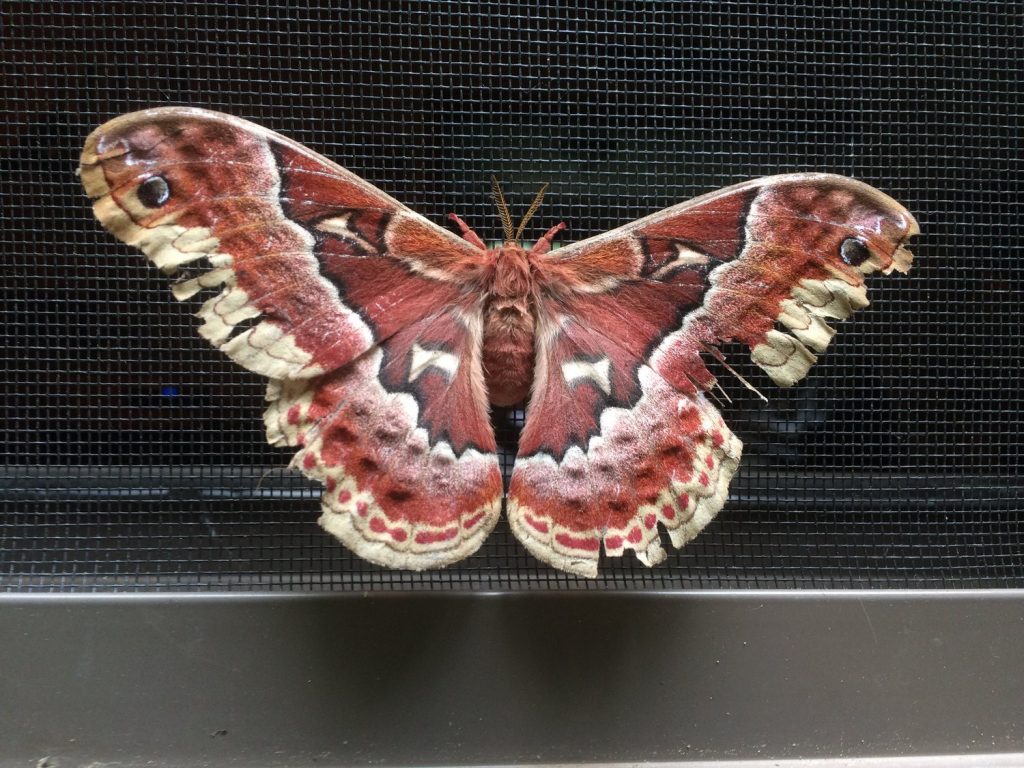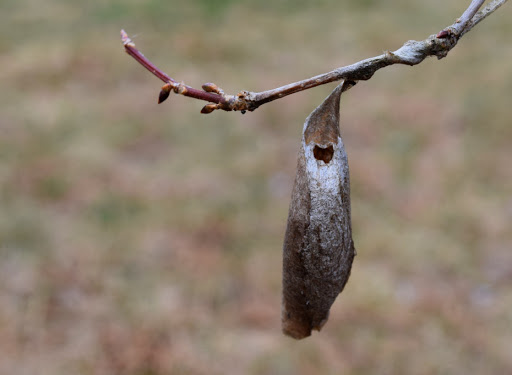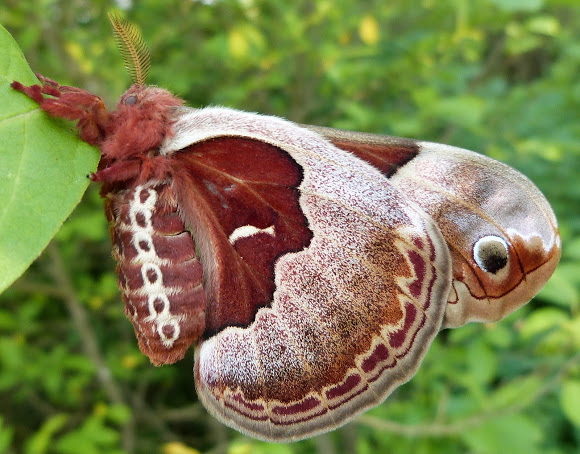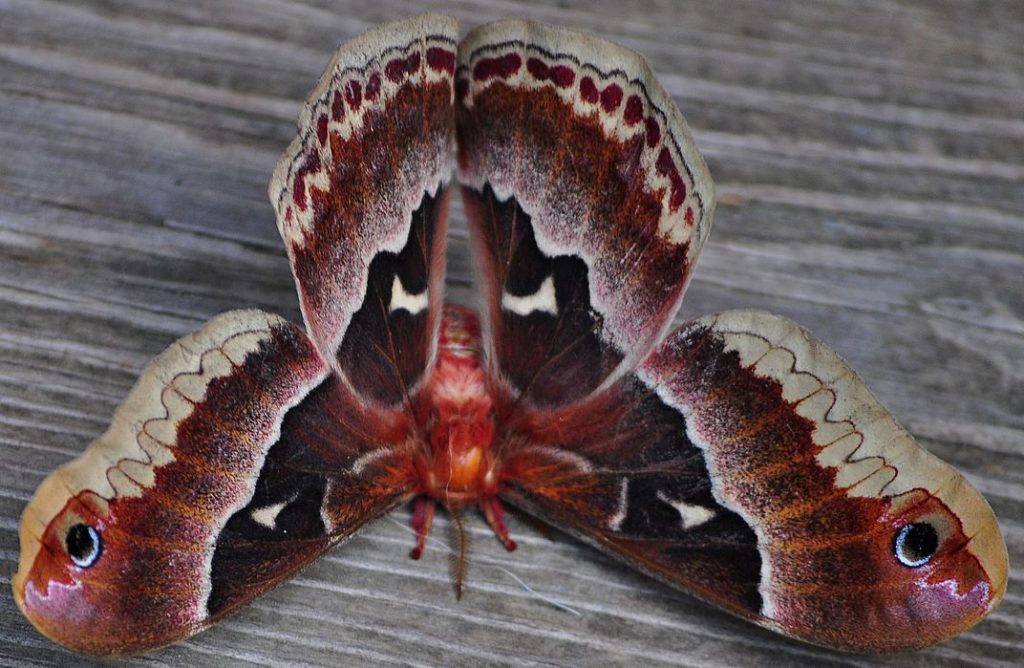Promethea Silkmoth (Callosamia promethea)
Promethea moth or Promethea silkmoth of the Saturniidae family is mostly indigenous to the United States’ eastern part. The moth has enormous spots on its hindwings and acquires its name after Polyphemus, a Greek mythology character known for his big eye at the center of his forehead.
cdn3.creativecirclemedia.com
Scientific Classification
- Family: Saturniidae
- Genus: Callosamia
- Scientific Name: Callosamia promethea
Description and Identification
Caterpillar
Initially, they have a yellow body striped in black. As they mature, the larvae become bluish-green, with one yellow and four red horn-like projections protruding from their body. Throughout the five instar stage, the larvae go through many molts, after which they become ready for weaving a cocoon, also increasing in length then.
Pupa
The cocoon where the pupa remains encased is single-layered with a thick and elliptical appearance. The female promethea silkmoth pupae have an indentation on their fourth abdominal segment, which remains absent in their male counterparts.
The pupation phase occurs in winter, mostly on trees with the caterpillars attaching themselves to the branches using silk.
Adult Moth
Sexual Dimorphism: Present
The male promethea silkmoth species are small than their male counterparts.
Color and Appearance
Females: When opened, they are reddish-brown or light brown with two prominent eyespots on each side of their forewings and hindwings. At the center of each wing sits two creamy-white polygons. When closed, the color is unchanged though one eyespot and polygon is visible.
Males: When opened, it is bluish-black with cream or white patterns along the margins. They have eyespots too, but only on the forewings. When closed, the pattern and coloration are all the more the same.
The edges of the wings in both the sexes are bordered in tan. The males have a dark pigmented appearance, while the females look brighter.
Average Wingspan: 7.6 – 10.2 mm
Flight Pattern: Consistent
Season: North – May to July; South – March to May; August
Eggs
The oval-shaped white eggs have a flattened appearance with two brown rings bordering them. They appear in clusters of four to ten, mostly laid at night.
Quick Facts
| Other Names | Promethea moth, spicebush silkmoth |
| Distribution | Eastern coast of the United States, extending west up to Great Plains |
| Habitat | Deciduous forest |
| Predators | Mice, woodpeckers, wasp, flies (mainly attacks the cocoon hanging from trees) |
| Lifespan of Adults | 10 – 14 days |
| Host Plants | Spicebush, tulip tree, rose, lilac, sassafras, black cherry |
| Adult Diet | Do not feed |
Did You Know
- British collector and entomologist Dru Drury described it for the first time in 1773.
- The promethea silkmoth follows the Batesian mimicry technique where a harmless species mimics a harmful one as a defense mechanism from predators. Here, the males imitate the pipevine swallowtail butterfly due to a similarity in color and appearance.
- Though they thrive on several trees of their host plants, these species are considered harmless.
Scientific Classification
- Family: Saturniidae
- Genus: Callosamia
- Scientific Name: Callosamia promethea






